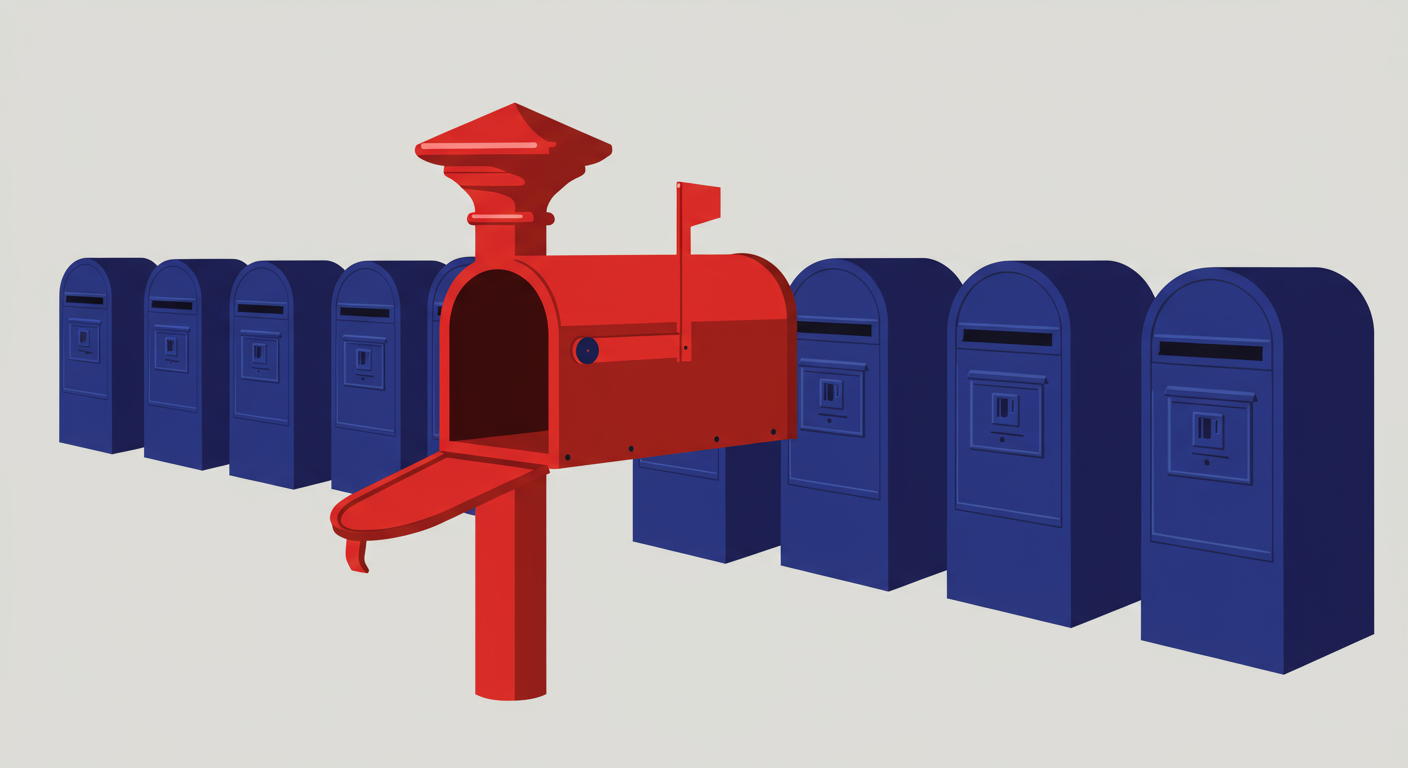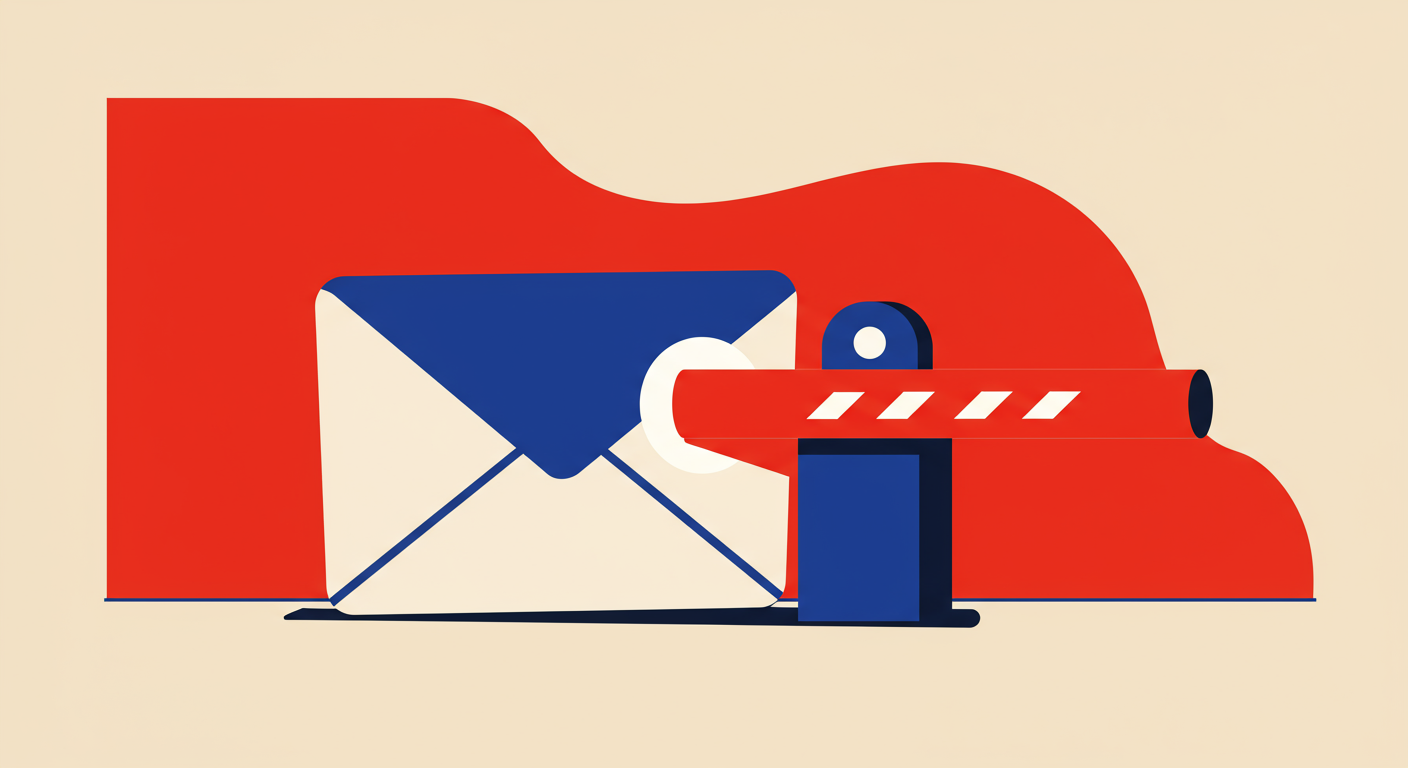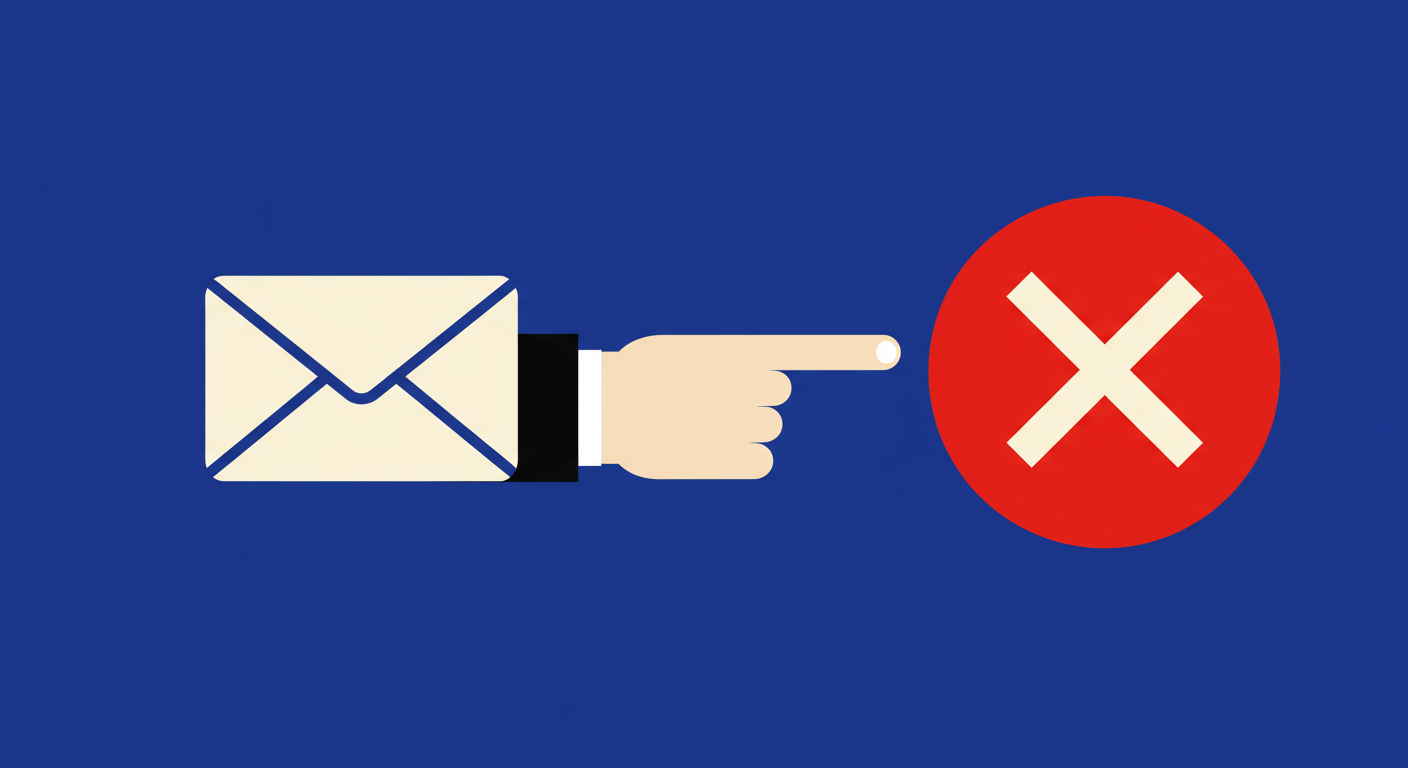What is email backscatter and how to stop it


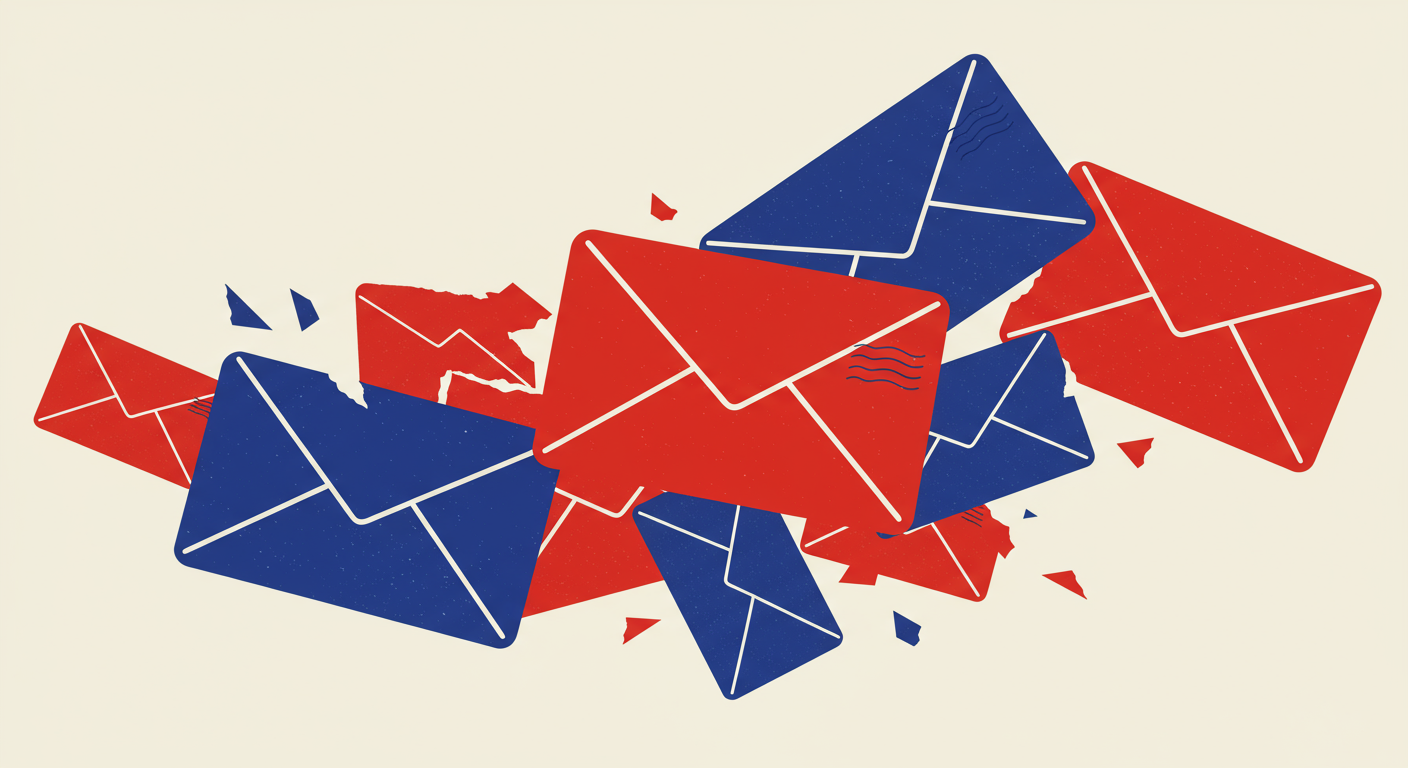
Have you ever opened your inbox to find a flood of “message undeliverable” notifications for emails you are absolutely certain you never sent? It’s a confusing and frustrating experience. You start to question if your account was hacked or if there is a technical glitch you don't understand. This phenomenon is a common problem in the email world, and it has a specific name: email backscatter.
In simple terms, backscatter (also known as collateral spam or misdirected bounces) is the storm of automated bounce messages you receive for emails that were never actually sent by you. It happens when a spammer or malicious actor forges, or “spoofs,” your email address to send their junk mail. When those junk emails are sent to non-existent or invalid addresses, the receiving servers try to return a bounce message to the supposed sender, which, in this case, is you.
This is much more than a simple annoyance. A sudden influx of backscatter can completely overwhelm your inbox, making it impossible to find your important messages. More seriously, it can damage your sender reputation and even land your domain on an email blacklist, which can prevent your legitimate emails from being delivered. In this post, I'll break down how backscatter works, the risks it poses, and the concrete steps you can take to protect yourself.
The process of generating backscatter begins with a bad actor, typically a spammer, who wants to send a massive phishing or spam campaign. To hide their tracks and give their messages a veneer of legitimacy, they avoid using their own email address. Instead, they spoof a reputable domain, and unfortunately, that domain might be yours.
Spoofing involves forging the “From” address in an email header to make it appear as though the email came from someone else. The spammer will blast out millions of these forged emails to a poorly maintained list of recipients. A significant percentage of these recipient addresses are often invalid, deactivated, or simply fake. This is a key part of what triggers the backscatter effect.
When a receiving mail server gets one of these emails addressed to a non-existent user, it does what it’s programmed to do: it rejects the message. However, many servers are configured to send a Non-Delivery Report (NDR), or bounce message, back to the sender to inform them of the failure. Since your email address was forged in the "From" field, your inbox becomes the destination for thousands of these automated bounce notifications for messages you had nothing to do with.
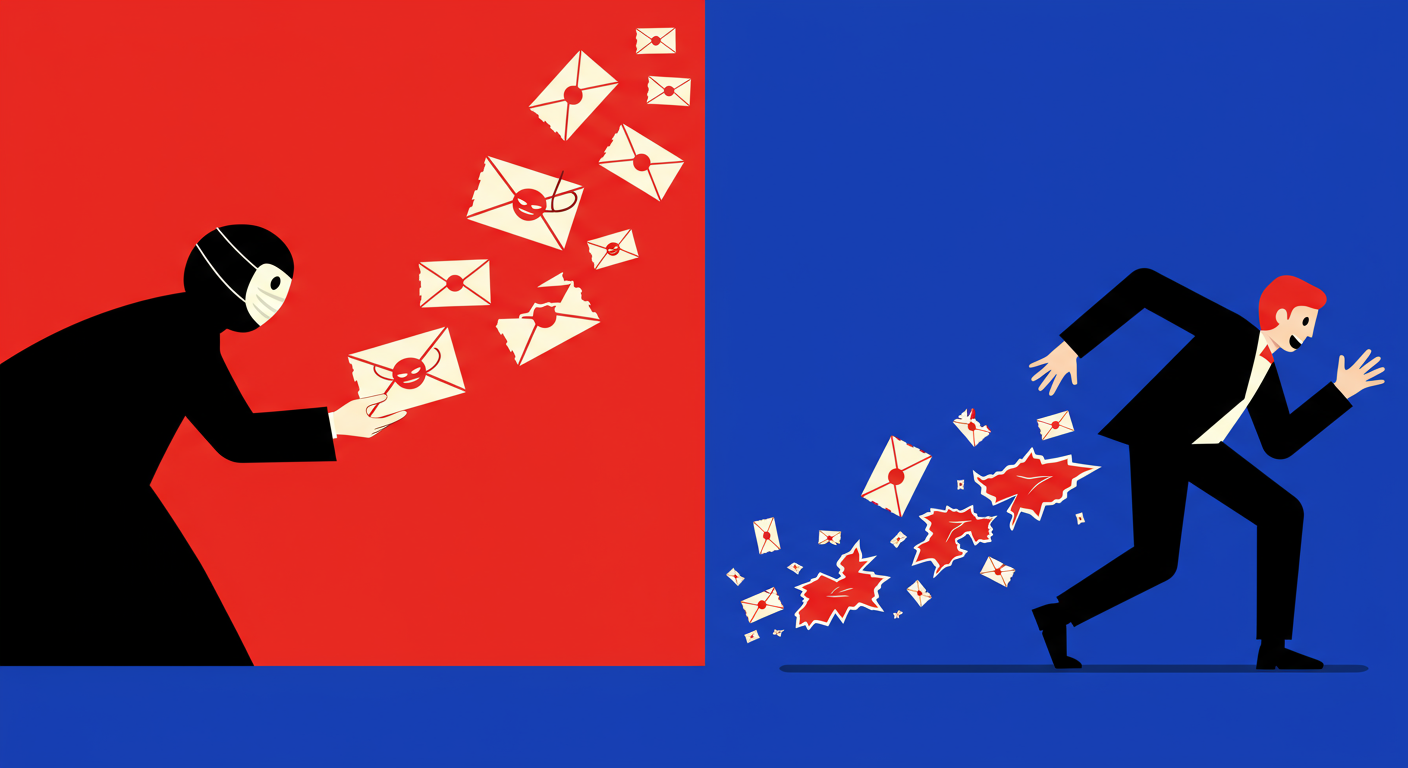
The most immediate problem with backscatter is the overwhelming clutter it creates in your inbox. Sifting through hundreds or thousands of bounce messages is not only time-consuming but it also increases the risk of you missing critical, legitimate emails from customers, colleagues, or partners. This alone can disrupt personal and business communications significantly.
Beyond the inbox noise, backscatter poses a serious threat to your sender reputation. Internet Service Providers (ISPs) and corporate mail filters monitor sending patterns to identify spammers. If a mail server suddenly starts receiving a high volume of bounce messages that appear to originate from your domain, its automated systems may flag your IP address or domain as a source of spam. This can directly harm your email deliverability, causing your important emails to land in the spam folder or be blocked entirely.
This damage to your reputation can lead to being listed on a backscatter blocklist (or blacklist). Some blocklist operators, like the well-known Backscatterer list, specifically track IP addresses that generate these misdirected bounces. A listing on such a blacklist is particularly problematic because it signals to other mail systems that your server is poorly configured or is a source of abusive traffic, leading to widespread blocking of your legitimate emails across the internet.
The primary symptom of a backscatter attack is unmistakable: you receive a large number of bounce notifications for messages you never authored. These emails often have subjects like “Mail delivery failed: returning message to sender,” “Undeliverable,” or something similar. When you open these notifications, you may find that the original message content is spam or phishing material you would never send.
If you are experiencing these symptoms, especially if you have also noticed a drop in your email engagement or an increase in complaints from recipients not receiving your emails, it is a strong sign that your deliverability has been affected. The first diagnostic step is to determine if your domain or sending IP address has been flagged and listed on any major email blacklists.
Checking your domain's health is a crucial step in resolving these issues. You can use the tool below to quickly check if your domain has been listed on any prominent backscatter blacklists or other DNS-based blocklists. This will give you a clear picture of the reputational damage you might be facing.
 Spamhaus
Spamhaus 0Spam
0Spam Cisco
Cisco NoSolicitado
NoSolicitado URIBL
URIBL abuse.ro
abuse.ro ALPHANET
ALPHANET Anonmails
Anonmails Ascams
Ascams BLOCKEDSERVERS
BLOCKEDSERVERS Calivent Networks
Calivent Networks EFnet
EFnet
 JustSpam
JustSpam Kempt.net
Kempt.net
 NordSpam
NordSpam RV-SOFT Technology
RV-SOFT Technology
 Scientific Spam
Scientific Spam Spamikaze
Spamikaze SpamRATS
SpamRATS SPFBL
SPFBL Suomispam
Suomispam System 5 Hosting
System 5 Hosting Team Cymru
Team Cymru Validity
Validity www.blocklist.de Fail2Ban-Reporting Service
www.blocklist.de Fail2Ban-Reporting Service ZapBL
ZapBL 2stepback.dk
2stepback.dk Fayntic Services
Fayntic Services ORB UK
ORB UK technoirc.org
technoirc.org TechTheft
TechTheft Spamhaus
Spamhaus 0Spam
0Spam Cisco
Cisco NoSolicitado
NoSolicitado URIBL
URIBL abuse.ro
abuse.ro ALPHANET
ALPHANET Anonmails
Anonmails Ascams
Ascams BLOCKEDSERVERS
BLOCKEDSERVERS Calivent Networks
Calivent Networks EFnet
EFnet
 JustSpam
JustSpam Kempt.net
Kempt.net
 NordSpam
NordSpam RV-SOFT Technology
RV-SOFT Technology
 Scientific Spam
Scientific Spam Spamikaze
Spamikaze SpamRATS
SpamRATS SPFBL
SPFBL Suomispam
Suomispam System 5 Hosting
System 5 Hosting Team Cymru
Team Cymru Validity
Validity www.blocklist.de Fail2Ban-Reporting Service
www.blocklist.de Fail2Ban-Reporting Service ZapBL
ZapBL 2stepback.dk
2stepback.dk Fayntic Services
Fayntic Services ORB UK
ORB UK technoirc.org
technoirc.org TechTheft
TechTheft Spamhaus
Spamhaus 0Spam
0Spam Cisco
Cisco NoSolicitado
NoSolicitado URIBL
URIBL abuse.ro
abuse.ro ALPHANET
ALPHANET Anonmails
Anonmails Ascams
Ascams BLOCKEDSERVERS
BLOCKEDSERVERS Calivent Networks
Calivent Networks EFnet
EFnet
 JustSpam
JustSpam Kempt.net
Kempt.net
 NordSpam
NordSpam RV-SOFT Technology
RV-SOFT Technology
 Scientific Spam
Scientific Spam Spamikaze
Spamikaze SpamRATS
SpamRATS SPFBL
SPFBL Suomispam
Suomispam System 5 Hosting
System 5 Hosting Team Cymru
Team Cymru Validity
Validity www.blocklist.de Fail2Ban-Reporting Service
www.blocklist.de Fail2Ban-Reporting Service ZapBL
ZapBL 2stepback.dk
2stepback.dk Fayntic Services
Fayntic Services ORB UK
ORB UK technoirc.org
technoirc.org TechTheft
TechTheft Spamhaus
Spamhaus 0Spam
0Spam Cisco
Cisco NoSolicitado
NoSolicitado URIBL
URIBL abuse.ro
abuse.ro ALPHANET
ALPHANET Anonmails
Anonmails Ascams
Ascams BLOCKEDSERVERS
BLOCKEDSERVERS Calivent Networks
Calivent Networks EFnet
EFnet
 JustSpam
JustSpam Kempt.net
Kempt.net
 NordSpam
NordSpam RV-SOFT Technology
RV-SOFT Technology
 Scientific Spam
Scientific Spam Spamikaze
Spamikaze SpamRATS
SpamRATS SPFBL
SPFBL Suomispam
Suomispam System 5 Hosting
System 5 Hosting Team Cymru
Team Cymru Validity
Validity www.blocklist.de Fail2Ban-Reporting Service
www.blocklist.de Fail2Ban-Reporting Service ZapBL
ZapBL 2stepback.dk
2stepback.dk Fayntic Services
Fayntic Services ORB UK
ORB UK technoirc.org
technoirc.org TechTheft
TechTheft Spamhaus
Spamhaus 0Spam
0Spam Cisco
Cisco NoSolicitado
NoSolicitado URIBL
URIBL abuse.ro
abuse.ro ALPHANET
ALPHANET Anonmails
Anonmails Ascams
Ascams BLOCKEDSERVERS
BLOCKEDSERVERS Calivent Networks
Calivent Networks EFnet
EFnet
 JustSpam
JustSpam Kempt.net
Kempt.net
 NordSpam
NordSpam RV-SOFT Technology
RV-SOFT Technology
 Scientific Spam
Scientific Spam Spamikaze
Spamikaze SpamRATS
SpamRATS SPFBL
SPFBL Suomispam
Suomispam System 5 Hosting
System 5 Hosting Team Cymru
Team Cymru Validity
Validity www.blocklist.de Fail2Ban-Reporting Service
www.blocklist.de Fail2Ban-Reporting Service ZapBL
ZapBL 2stepback.dk
2stepback.dk Fayntic Services
Fayntic Services ORB UK
ORB UK technoirc.org
technoirc.org TechTheft
TechTheftWhile you cannot stop spammers from attempting to spoof your domain, you absolutely can prevent backscatter from affecting you. The solution lies in implementing strong email authentication standards. These are a set of DNS records that allow receiving mail servers to verify that an email claiming to be from your domain was actually sent by an authorized server. They are the cornerstone of modern email security.
When you have a DMARC policy set to "reject," you effectively cut the problem off at the source. A receiving mail server that checks your DMARC policy will see that the spammer's email is unauthorized and will reject it during the initial SMTP transaction. Because the email is rejected outright, the server never generates or sends a bounce message. No bounce message means no backscatter.
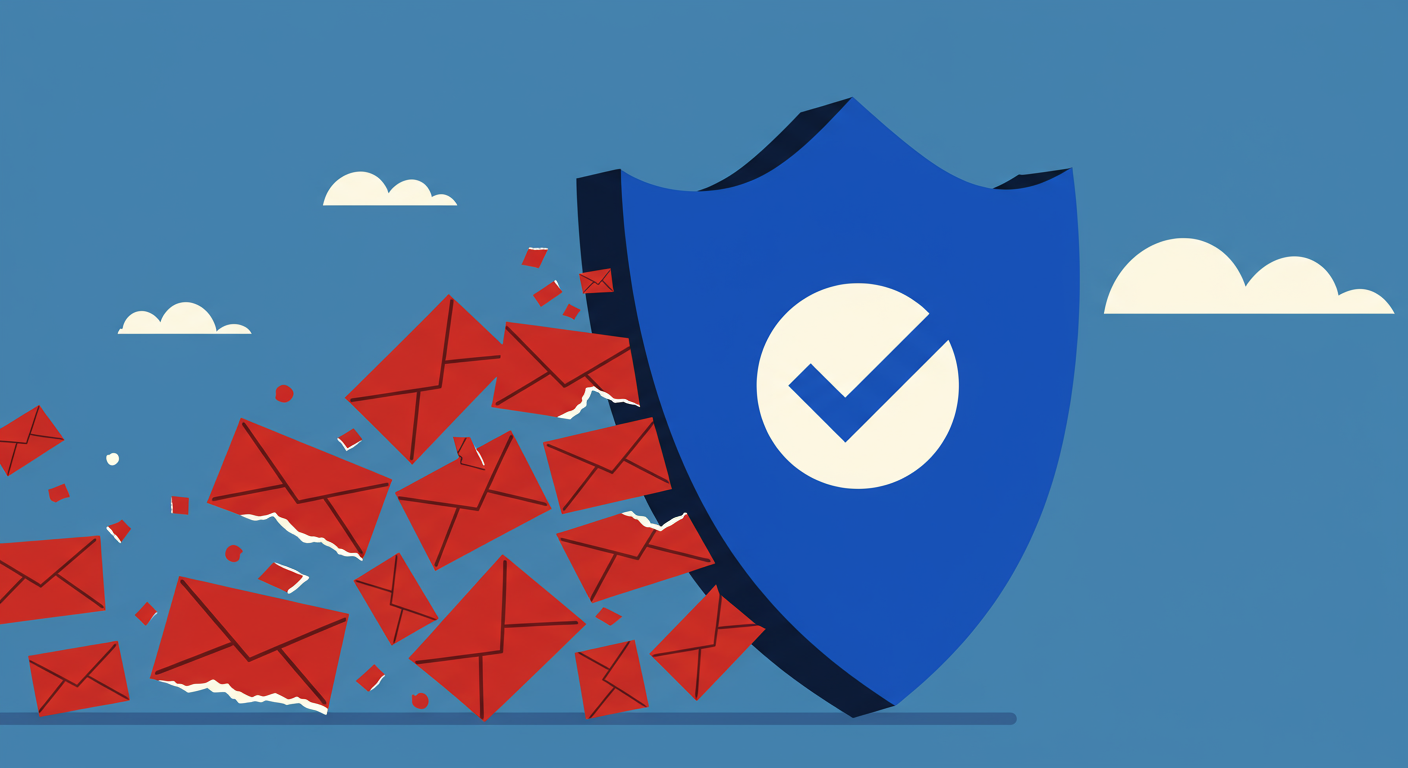
Email backscatter is a clear indicator that your domain is being abused by spammers. It’s a disruptive and dangerous problem that can clog your inbox, tarnish your sender reputation, and get you listed on a blocklist, preventing your real emails from reaching their destination. It is a messy side effect of the constant battle against spam.
The good news is that you have a powerful defense. By correctly implementing email authentication protocols, particularly a DMARC policy set to reject, you can stop spoofing in its tracks. This not only eliminates backscatter but also protects your brand's reputation and ensures the deliverability of your legitimate communications. Taking these proactive steps is no longer optional; it's an essential part of managing a secure and trustworthy email presence.


